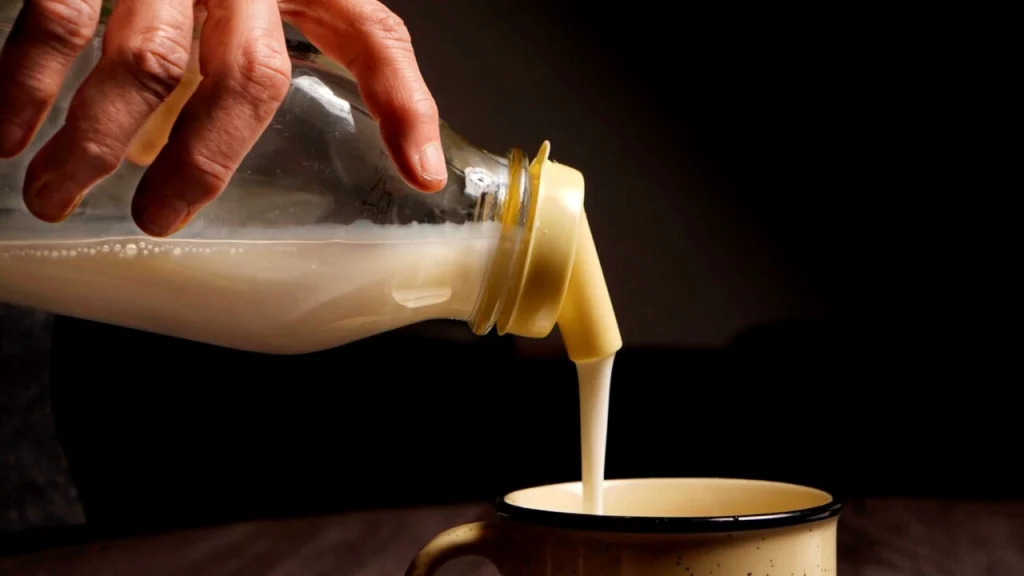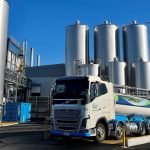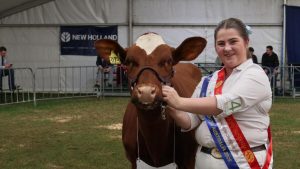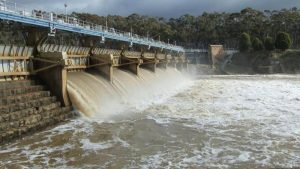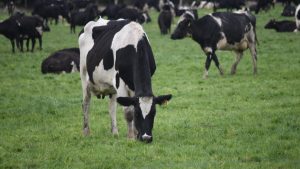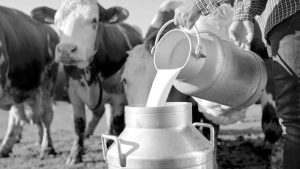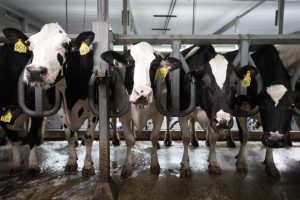
In good news for farmers – but more pain for shoppers – the cost of milk at Australian supermarkets is set to rise.
In welcome news for farmers – but more pain for shoppers – the price of milk at Aussie supermarkets is set to rise.
The nation’s dairy industry has shrunk over the past few decades, with producers exiting because they weren’t getting a good return on their milk.
United Dairy Farmers of Victoria president Mark Billing said this means there’s less supply to meet consumer demand, with those left behind having faced large rises in production costs, years of flat milk values and challenging weather.
“Milk prices at the shelf had stayed stable for 10 or 15 years or more,” Mr Billing said.
“So, the milk price at the retail level has not kept up with inflation at all. Domestically, the price of milk has been pretty good (recently) based on the fact the milk pool in Australia is pretty tight.”
With July marking the start of the new milk season, major processors are offering prices almost equivalent to last year’s record costs. Recent Australian Bureau of Statistics data found that, between May 2022 and May 2023, the price of dairy and related products went up 15.1 per cent.

During the same time period, the Australian Dairy Producers Federation found the national milk pool was down 5.3 per cent at the end of May.
Speaking to 7 News, Dairy Australia industry analyst Eliza Redfern said increased export commodity prices had also pushed up local farm gate prices.
But, she said, “it’s up to those processors to work with retailers to pass those increases along” – meaning it’s difficult to predict how much further supermarket dairy prices might jump.
News.com.au understands retailers are not able to speak to future pricing because it can be considered anti-competitive price signalling by the Australian Competition and Consumer Commission.
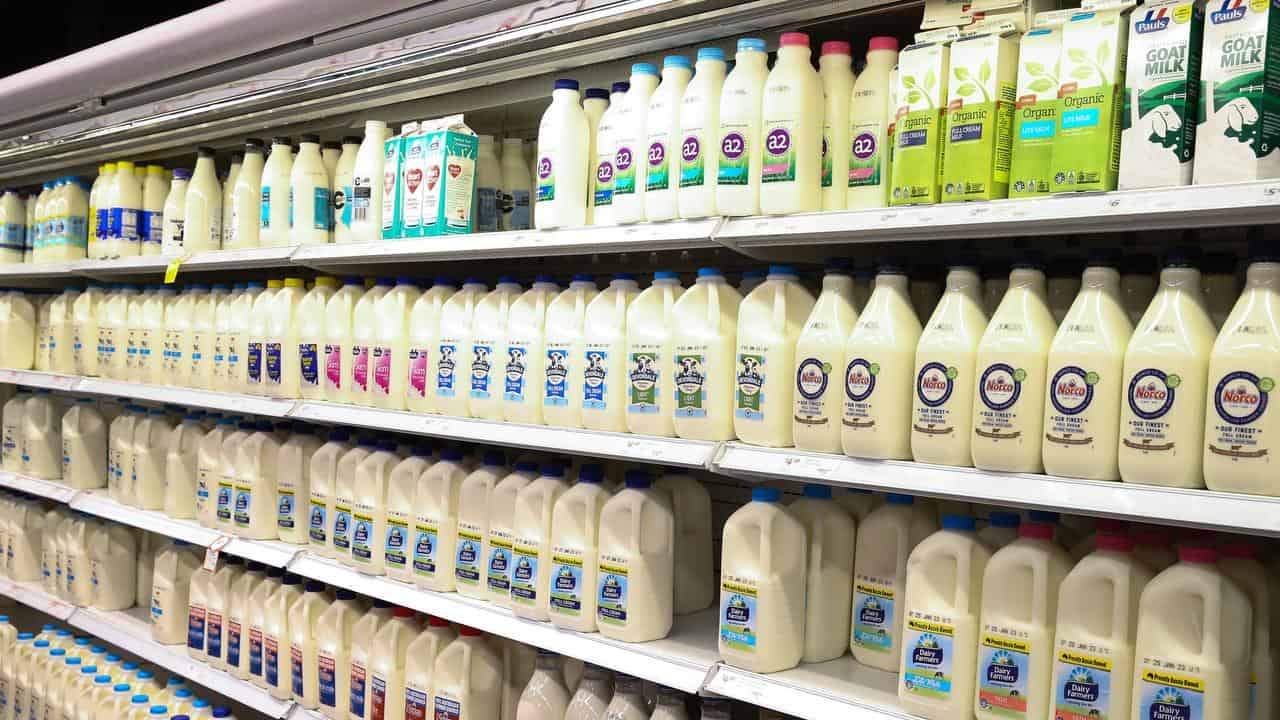
“It’s hard to say whether there will be more increases, there is potential, but hard to say what that ratio or that proportion would be,” Ms Redfern said.
As for the remaining dairy farmers in the Aussie industry, Mr Billing said it was long-overdue good news.
“In the 1970s … there were around 14,000 dairy farmers in Victoria, there’s now 3000,” he said.
“I would say we’re still in negative (price) territory from a dairy farmer’s point of view because dairy prices didn’t move for so long in relative terms.
“We’ve got to see movement at the retail level if we want to sustain a profitable dairy industry in Australia.”
Milk isn’t the only product coming in at a heightened cost to consumers – according to recent analysis from investment bank UBS, Coles and Woolworths were running at an annualised 9.6 per cent increase in April across all supermarket shelves.
Coles has disputed this data.
